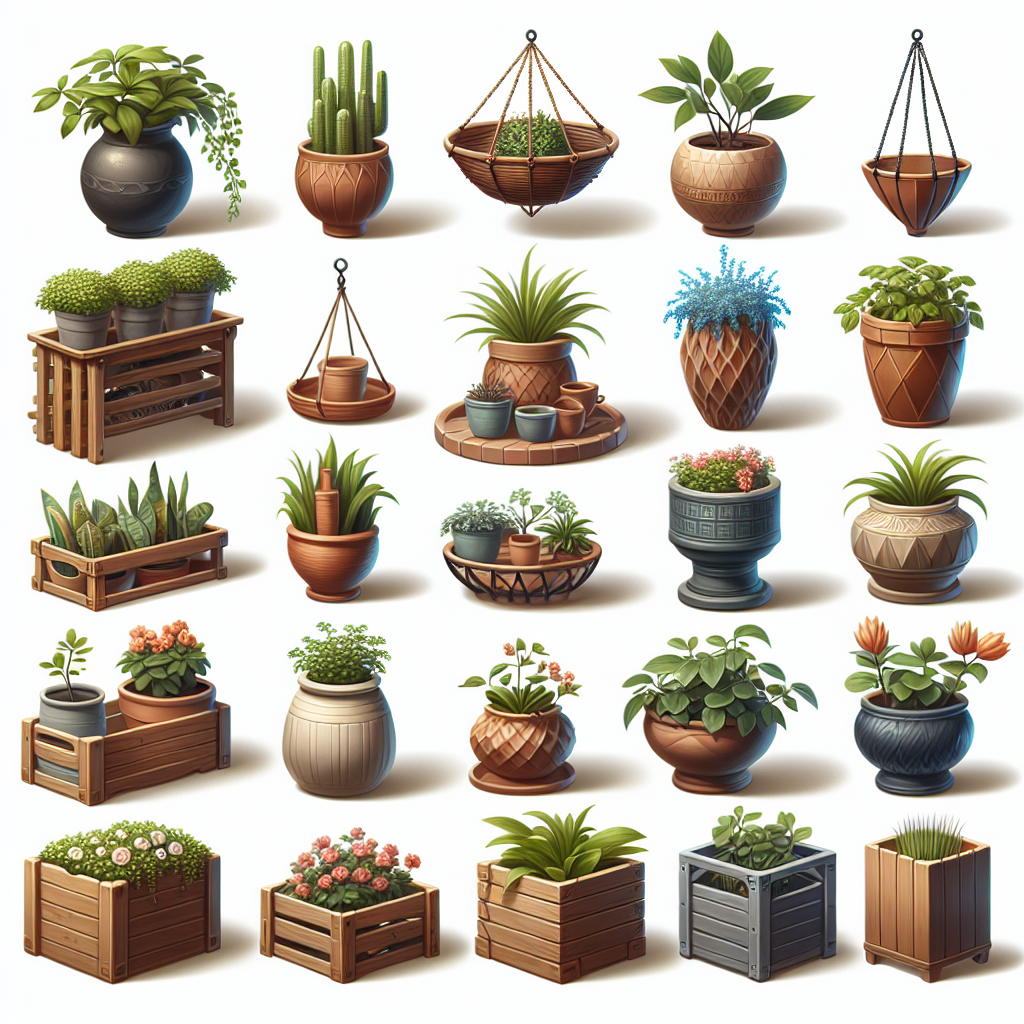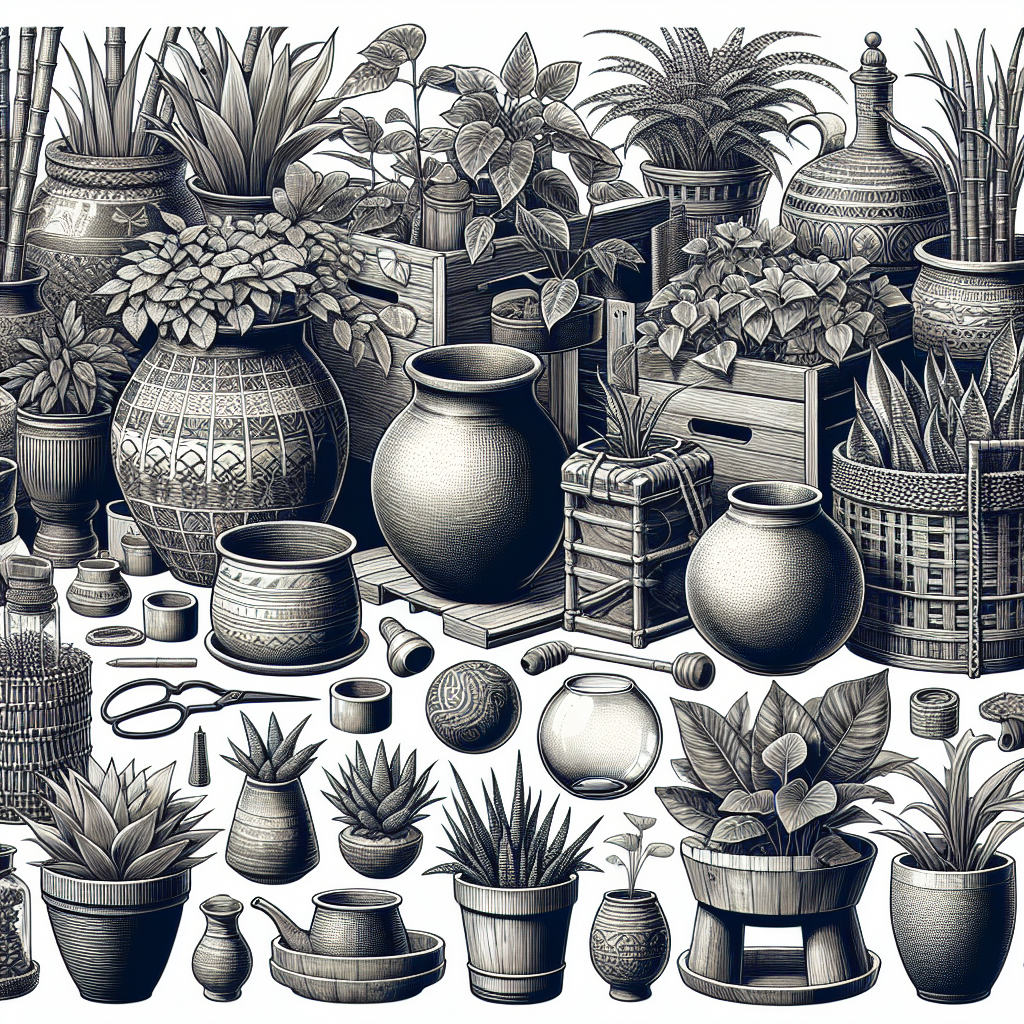Unleashing the Potential: Understanding Various Plant Containers
Introduction:
When it comes to gardening, one of the most crucial aspects is selecting the right container for your plants. Not only does this decision impact the overall aesthetics of your garden, but it also plays a significant role in the health and growth of your plants. In this article, we will explore various plant containers and delve into their benefits and limitations.
1. Terracotta Pots:
Terracotta pots are classic containers that have been used for centuries due to their natural and rustic appearance. Made from baked clay, these pots are porous, allowing air and water to pass through their walls. This porosity helps regulate soil moisture levels and prevents overwatering, making them ideal for plants that require well-drained soil.
However, terracotta pots can become quite heavy when filled with soil, which may pose challenges for those who prefer to move their pots around. Additionally, they can crack or break when exposed to extreme temperatures.
2. Plastic Pots:
Plastic pots are lightweight and versatile containers commonly used by gardeners worldwide. They are available in various sizes, shapes, colors, and designs, making them suitable for any type of plant or garden setting.
Unlike terracotta pots, plastic pots retain moisture more effectively due to their non-porous nature. This can be both an advantage and disadvantage depending on the specific needs of your plants. While it reduces the risk of underwatering during hot summers, it can also cause overwatering if not carefully monitored.
3. Fabric Grow Bags:
Fabric grow bags are gaining popularity among gardeners due to their numerous advantages. Made from breathable fabric materials such as felt or polypropylene, these bags provide excellent aeration for roots while preventing waterlogging.

The breathable nature of fabric grow bags allows air pruning of roots – a process where root tips come into contact with air triggering lateral root growth instead of circling around the pot. This results in a denser root system, promoting healthier and more vigorous plant growth.
Fabric grow bags are also lightweight, easy to transport, and foldable, making them ideal for urban gardening or individuals with limited space. However, their fabric material may degrade over time and require replacement after a few seasons.
4. Ceramic Pots:
Ceramic pots are known for their aesthetic appeal and durability. These pots come in a wide range of shapes, sizes, colors, and textures, allowing you to add a touch of elegance to your garden or indoor space.
While ceramic pots can provide excellent insulation against temperature fluctuations, they are more prone to retaining moisture than terracotta pots. Therefore, it is crucial to ensure proper drainage by adding rocks or gravel at the bottom of the pot or drilling extra holes if necessary.
5. Hanging Baskets:
Hanging baskets are perfect for those looking to add vertical greenery to their spaces. These containers suspend plants in the air, allowing cascading vines or flowers to create an eye-catching display.
Hanging baskets require careful attention to watering needs as they tend to dry out faster due to increased exposure to air circulation. Additionally, the weight of hanging baskets needs consideration since they can become heavy when filled with soil and water.
Conclusion:
Selecting the right plant container is crucial for successful gardening. Whether you opt for terracotta pots for their natural charm or fabric grow bags for efficient root growth, understanding the advantages and limitations of different containers will help unleash your garden’s full potential.
Remember that each container type has unique characteristics that suit specific plant requirements. Consider factors such as aesthetics, mobility needs, moisture retention abilities, insulation properties, and available space when choosing your plant containers. By doing so, you can create a thriving green paradise that will be admired by all who visit your garden.













